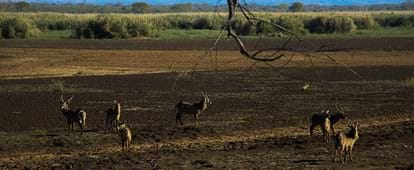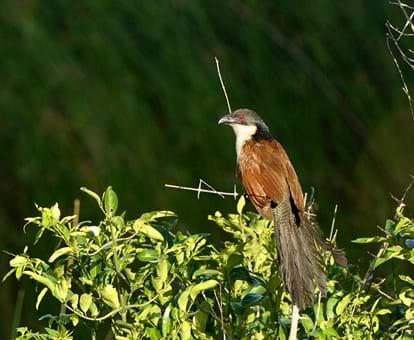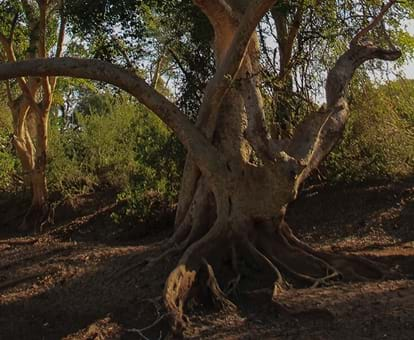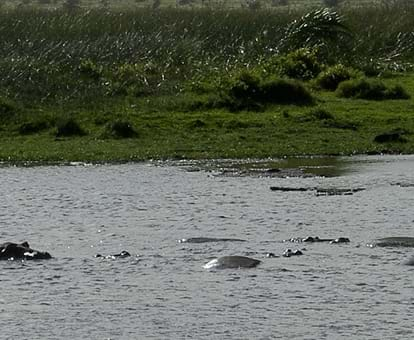By creating an account, I agree to the
Terms of service and Privacy policy
Choose your country and language:
Africa
Americas
Asia Pacific
Europe
SSouth Africa is home to many diverse safari experiences and the iSimangaliso Wetland Park is a natural wonder, and notably a UNESCO World Heritage Site. Formerly known as the St Lucia Wetland Park, this area is a glowing testament to nature, comprising eight inter-dependent ecosystems all bursting with life.
This wet wonderland was declared South Africa's first World Heritage Site in December 1999, and encompasses beautiful landscapes, unique ecology and diverse wildlife (which include the famous Loggerhead and Leatherback sea turtles).
In a speech marking the historic 2002 reintroduction of elephants to its eastern shores, Nelson Mandela said: “The wetland park must be the only place on the globe where the world’s oldest land mammal (the rhinoceros) and the world’s biggest land mammal (the elephant) share an ecosystem with the world’s oldest fish (the Coelacanth) and the world’s biggest marine mammal (the whale).”
We couldn’t say it better ourselves!

MMeanwhile, the coastal forest region (accessible only by 4x4) encompasses the pristine beaches of Mabibi, Island Rock, Rocktail Bay and Black Rock, where you can enjoy snorkelling and diving.
South Africa's largest freshwater lake, Lake Sibaya, also forms part of the park. Formed against thick, forested coastal dunes, its clear waters support the province's second-largest hippo and crocodile populations.
iSimangaliso Wetlands Park
FFurther along the coast lies Sodwana Bay, a top diving destination. More than 1200 fish species have been recorded along its bountiful reefs, including the Coelacanth, rediscovered in Jesser Canyon in 2000 after it was widely believed to be extinct.
The coastline of the iSimangaliso Wetland Park is the only remaining major nesting site in Africa where Loggerhead and Leatherback turtles still lay their eggs, and it is a sight that should find its way on to every bucket list.
Then there’s the uMkhuze Ecosystem, which is a 38 500ha bird-lovers’ paradise that supports 420 species. Amongst the birds here, you can also spot leopards, black rhinos, white rhinos, elephants, giraffes, wild dogs, cheetahs, hyenas and various antelope.
Don’t forget about the sand forests, thornvelds, open savannahs and welcoming beaches of False Bay, while Charters Creek is a wildlife haven for larger game species such as elephants, buffaloes, rhinos, leopards, giraffes and tsessebe.
LLake St Lucia is Africa’s largest estuarine system and home to 800 hippos and 1200 crocodiles. Flocks of pelicans and flamingos favour the expansive lake, which makes for excellent birdwatching. The eastern shores and Cape Vidal lend themselves to beach and safari tours. Maphelane is a favoured fishing spot, with two self-guided nature trails, one estuarine and one into the dunes – the most impressive of these is the Maphelane Dune at 183m high.
The iSimangaliso Wetland Park also has 35 frog species (30% of the 116 species recorded in South Africa), more than 500 bird species, over 100 species of butterfly, more than 2000 species of flowering plants, and all five of South Africa’s surviving Mangrove Tree species.
iSimangaliso is also home to significant cultural heritage sites, including evidence of Stone Age human activity and 700-year-old fish traps at Kosi Bay. Here you’ll also encounter five of the cultural groups who call this area home: Zulu, Swazi, Shangaan, Tonga and Gonda.




